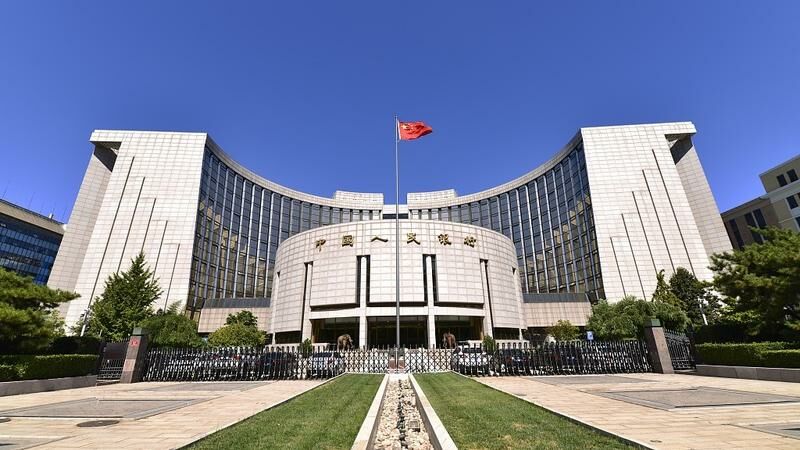The redback is coming – China’s monetary subtext for ASEAN summit

The Association of Southeast Asian Nations (ASEAN) has surpassed the European Union and the United States to become China’s largest trading partner. With all eyes on President Xi Jinping’s presence, or otherwise, at the Bangkok summit, how does Beijing hope to promote the use of the Chinese yuan overseas?
China started its ambitious yuan internationalisation plan in 2009, expanding it via its Belt and Road Initiative. Financial markets were opened to foreign investors. China now wants to establish yuan settlement with neighbouring countries and to develop offshore centres, putting aside any real challenge to US dollar hegemony, at least for now.
According to today’s South China Morning Post, aggressive interest rate hikes by the US Federal Reserve Bank this year have weighed heavily on China in terms of capital outflows, underlining the monetary policy gap between the world’s two largest economies.
“We will focus on enhancing the convenience of the yuan in cross-border trade and investment, and prudently promote the globalisation of the yuan,” said China’s central bank recently. “Currency internationalisation is a long-term process.”
At the top of the People’s Bank of China (PBOC) wish list right now is probably a yuan settlement with ASEAN members and direct trading of the yuan with other currencies through yuan foreign exchange markets. ASEAN, more important now to China than the EU or US, is the region where the yuan is best set to become an anchor currency.

The PBOC plans to simplify – yet again – the process for overseas investors to channel funds into China. By the end of August, combined financial assets, such as stocks, bonds, loans, and deposits, held by foreign institutions were nearly 10 trillion yuan (US$1.4 trillion).
Larry Hu, chief China economist at Macquarie Capital, said…
“The yuan is certainly much more internationalised than five or even 10 years ago. But if compared with the US dollar, it certainly still has a long way to go. It’s something that can only be done step by step. With the US interest rate hikes, people will earn more by saving in dollars than in yuan.”
The yuan has weakened by more than 10% against the US dollar this year, last month having breached the key level of seven for the first time in over two years. According to the International Monetary Fund, the yuan only accounted for 2.9% of global foreign exchange reserves in the second quarter compared to 59.5% for the US dollar.
The yuan’s share in terms of global payment value rose to 2.3% in August, but still lags far behind 42.6% for the US dollar.

Latest Thailand News
Follow The Thaiger on Google News:


























